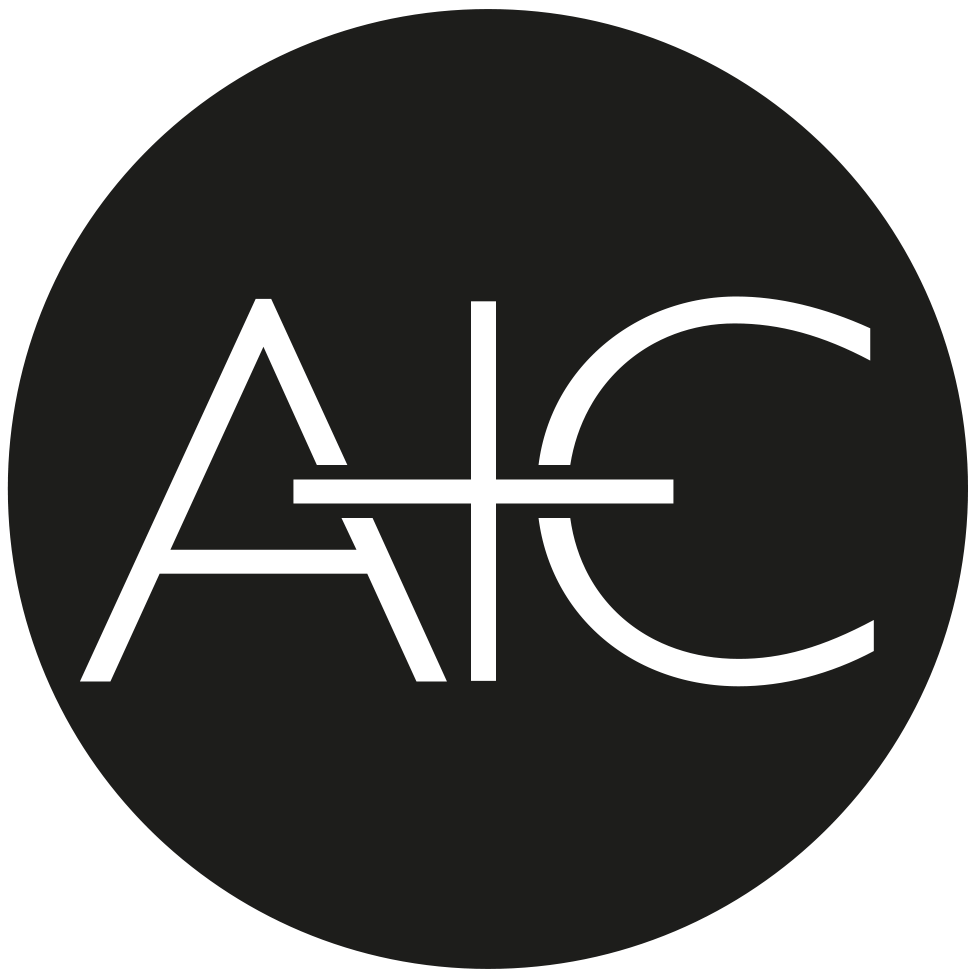Ecclesiart is an online project that raises awareness of significant works of modern and contemporary art since 1920 in UK churches and cathedrals.
The selected works represent the diversity of high quality church commissions and reflect developments in artistic practice and ecclesiastical art and design. You can explore the collection using the tiles below or by using the Ecclesiart map.
We seek to encourage increased responsibility towards works which may be under-appreciated or at risk and hope that this selection of works provides inspiring and challenging examples of art in churches useful to any parish or individual wishing to commission a new work.
We welcome nominations of new works to be added to Ecclesiart. Please email us with a short text about why you think a work of art should be included with a short theological reflection on the work and its context (no longer than 150 words) and if possible please include images. Please note that we do not accept nominations from artists for their own work.
All permanent works shortlisted for the Award for Art in a Religious Context are added to Ecclesiart. For all other nominations, the Director and trustees of Art and Christianity reserve the right to select works which they determine as meeting the criteria of aptness to context, artistic and technical merit and appropriate theological meaning.
Search Ecclesiart
Mary Adshead: To the End of Time
Mary Adshead’s dynamic mural, To the End of Time, takes up the entire east wall of the parish church of St Francis, Luton. At its apex is Christ’s bowed head, with the symbols of the four evangelists surrounding the cross, and, at the base, scenes of the modern world.
Hans Feibusch: Ascension
Hans Feibusch, a Jewish artist who fled Germany in 1933, became the most prolific muralist in the history of the Church of England. Through his relationship with George Bell, the Bishop of Chicester, he created murals for many churches, often those built or restored after the war. His murals combine the palettes, techniques and forms of European Modernism – Expressionism and Cubism – with those of the early Italian Renaissance, while speaking to the spiritual concerns of the post-war church. Feibusch saw his work as essentially collaborative – not only with his assistant, Phyllis Bray, and the architect, but also with the worshipping congregation. ‘A work of art in church is there to help the worshipper, to lead their thoughts from the tumultuous outer world towards an inner spiritual one.’ (Hans Feibusch, ‘Mural Painting in Churches’, Studio, 1954)
George Mayer-Marton: Crucifixion mural
George Mayer-Marton’s Crucifixion mural at the Church of the Holy Rosary (1954–5) was one of several commissions by the Roman Catholic church in the North-West, but only one of three that survive.
John Hayward: Interior murals
The murals at St Michael and All Angels were among the first works to be created by Hayward after he established himself as a freelance artist in 1961. Their blues, greens and golds were to become characteristic of Hayward’s stained glass for which he became famous in later years. The murals use the marouflage technique: the images are painted in the artist’s studio and then cut out and glued to the wall of the church. Each was designed specifically for the space it was to occupy. When they were installed in 1962, they were said to be the largest modern set of murals anywhere in the world.
Sergei Fyodorov: Baptism fresco
One of very few traditional frescoes done in contemporary times. The application of paint to wet plaster extended the artist's work to a three-year period.
Born in 1959 the Russian artist Sergie Fyodorov is an important contemporary painter of icons and frescoes. Having studied art in Moscow, Fyodorov was first exposed to icons in a public gallery rather than a church. Inspired and moved by the works of master icon painters such as Andrei Rubliov, he tried to make an icon for himself by studying from a book. This was a dangerous and subversive act in Soviet Russia, where the creation of religious icons was against the law.
Adam Kossowski: Sgraffito murals of the Book of Revelation
Mural covering the walls of St Benet’s Chaplaincy, Queen Mary, University of London.
Adam Kossowski (1905-1986, Polish) was a Polish refugee who quickly made a career in public works of figurative art in Britain.
Norman Adams: Pilgrim’s Progress
In 1970 the church of St Anselm's Kennington planned to redecorate its interior and invited Norman Adams to paint murals for the two side walls. After some deliberation between Adams and the Vicar at the time, Pilgrim's Progress was settled on as a theme and Adams undertook an abstract series working from dark to light in a modern yet expressionist manner.
Jean Cocteau: Interior murals and altar
Cocteau completed the murals between the 3rd and 11th November 1959. The theme he chose to depict was the Annunciation, the Crucifixion and the Assumption. It is said that he spoke out loud to the characters as he was drawing them. While painting the virgin he is quoted as saying, ““O you, most beautiful of women, loveliest of God’s creatures, you were the best loved.








